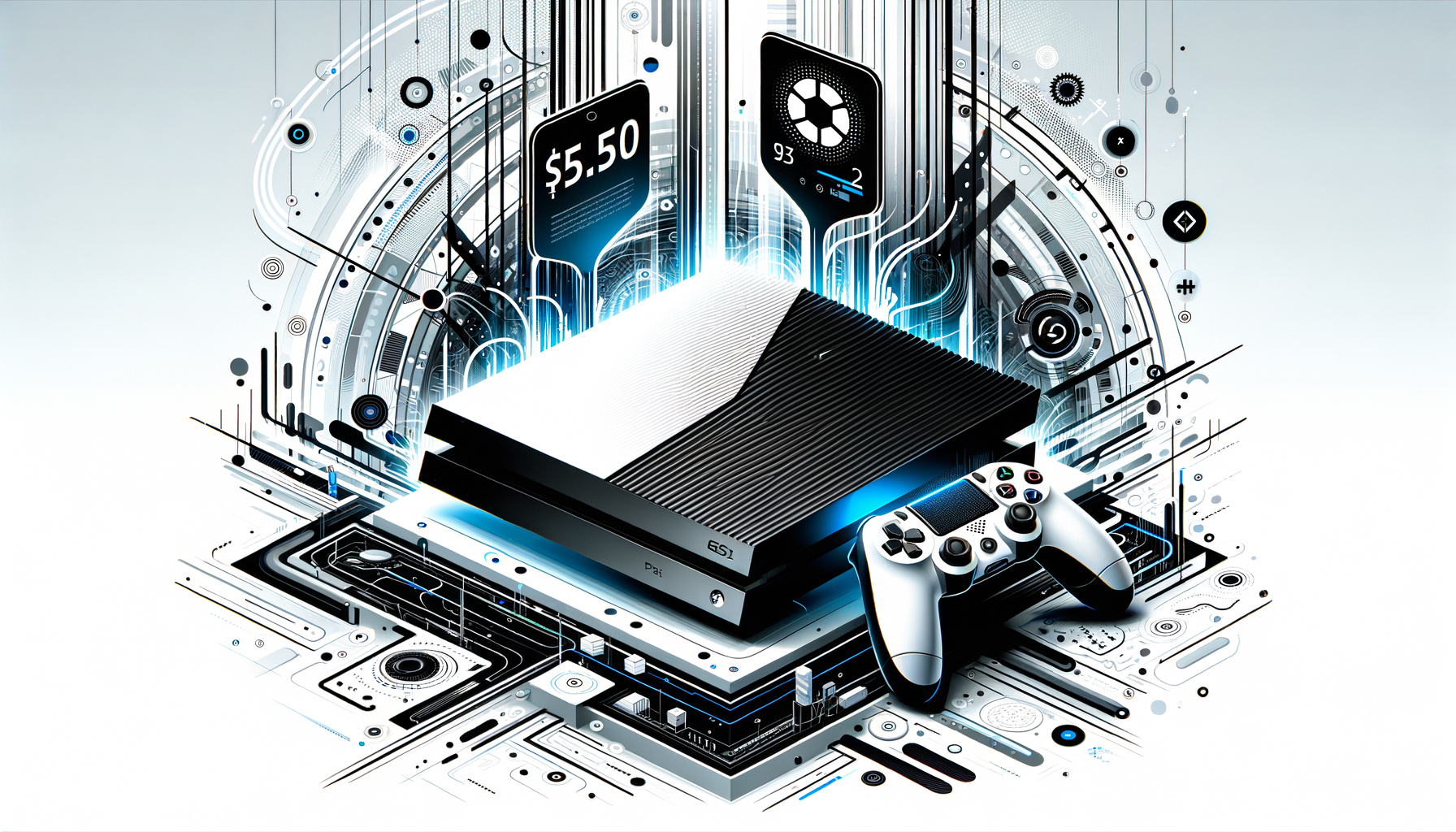In a bold move that’s bound to ruffle a few feathers, Sony has announced an increase in the price of its PlayStation 5 consoles in the United States. Citing ‘a challenging economic environment,’ the tech giant has determined that starting now, the PlayStation 5 Digital Edition will set you back $500, while the standard PS5 is priced at $550, and the high-end PlayStation 5 Pro comes in at $750. So, what’s really driving this decision?
Zooming In
Context and Industry Trends
Once upon a time, console aficionados expected prices to drop as a console aged, thanks to improved production efficiencies and declining component costs. But in today’s topsy-turvy world-marked by global supply chain issues and rising production costs-Sony’s price hike aligns with a broader trend in the tech industry where companies are shifting the burden of increased costs onto consumers.
From graphics cards to gaming peripherals, prices have been adjusting across the board due to inflation and heightened material expenses. Sony is just the latest to follow suit, with other electronics manufacturers also grappling with cost challenges.
Economics Behind the Decision
According to Sony’s statement on their PlayStation blog, the current economic pressures made these price adjustments unavoidable. The company points towards various factors, including tariffs and operational costs, which have spurred this decision. Hiroki Totoki, Sony’s CEO, has previously hinted at relocating PlayStation 5 production to the United States to alleviate tariff burdens, although no substantial moves have been made yet. The increasing expense of semiconductors, a key component in consoles, due to trade conflicts and international tension adds fuel to this financial fire.
Consumer and Market Implications
For the average consumer, that $50 bump might seem minor, but it undoubtedly impacts the larger industry pricing strategies and perceived value. At a stage in the console lifecycle when many still consider the PlayStation 5 a ‘hot ticket,’ this pricing change could sway customers toward Xbox Series X or even the realm of PC gaming.
The U.S. gaming market, experiencing slower growth since the post-launch surge, might feel the ripples of this decision as potential buyers hesitate or reconsider their holiday shopping lists. This added financial stretch could deter families eyeing a new gaming console.
Competitive Landscape and Future Outlook
With the PlayStation 6 not expected for several years, Sony’s immediate goal will be to maintain the PlayStation 5’s market stronghold through strategic pricing, expanded digital content, and perhaps new hardware innovations. The competitive heat from Microsoft and its Xbox Series consoles, especially with attractive pricing and subscription plans like Game Pass, poses a formidable challenge.
As Sony works to adapt, the balance of consumer satisfaction and strategic innovation will be crucial. While this price hike might offer a temporary cushion for Sony’s economics, the ongoing industry shifts mean that the gaming community and analysts alike are watching closely to see what happens next.








